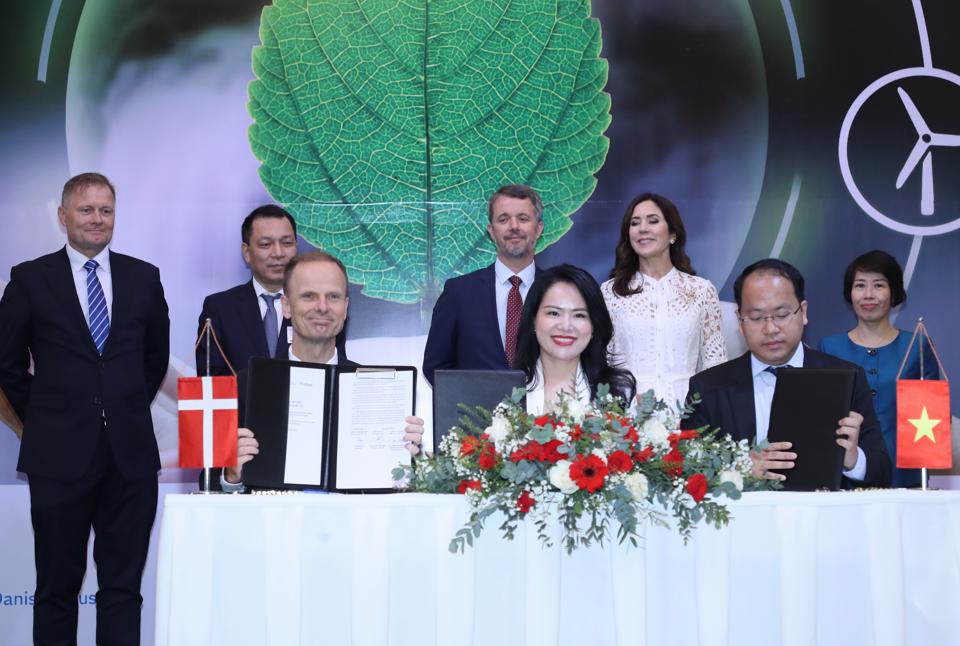Green Economy: The role of FDIs
Given the constraints of onshore lenders, the role of FDIs is expected to be significant as new projects begin their construction.

A wind farm of Orsted
>> Green Economy: Financing renewable energy projects in Vietnam
According to HSBC Research, Vietnam ranks highest as an investment destination for renewables in ASEAN owing to a number of factors, including resource availability (solar/wind power), power demand growth and the government’s ambitious net-zero target by 2050, as well as renewables target in absolute terms (c.30% of energy generated from wind/solar by 2030).
While PDP8 is still in draft form, it is expected that this significant investment will create a financing gap for both EVN and independent power producers, necessitating international financing inflows in an area that has previously relied heavily on local banks. Given the constraints of onshore lenders, including credit growth caps and single borrower limit s, the role of FDIs is expected to be significant as new (greenfield) projects begin their construction. As a result, according to Ms. Stephanie Betant, Head of Wholesale Banking at HSBC Vietnam, financing could take a variety of forms, including:
First, export Credit Agencies (ECAs): a very common means of financing projects around the world that involve the importation of capital expenditures or services. This form received USD 115 billion in financing support globally in 2021. However, this type of financing is still limit ed in Vietnam to date, although there is an indication of an appetite to finance new (greenfield) wind farms expected as part of PDP8, subject to the possibility of receiving local banks’ guarantees covering borrowers’ payment options.
>> Power demand surge to underpin sector outlook
Second, development financial institutions are concerned about the bankability of the existing Power Purchase Agreement (PPA) and the regulatory framework that allows for participation and risk sharing, which is critical to their success.

Orsted is partnering with T&T Group for the joint development of approximately 10 GW of offshore wind projects in Ninh Thuan and Binh Thuan Provinces.
Third, debt capital markets: as mentioned, Vietnamese renewable energy companies have issued bonds onshore, however, the offshore market currently remains untapped. International investors remain cautious about Vietnam’s renewable energy market and also expect a local bank guarantee covering borrowers’ payment options to mitigate concerns about curtailment, termination, etc.
Although some European developers have established their presence in the market, it is their Asian competitors that have played the most catalytic role, taking into account that more than 90% of foreign companies investing in solar and wind power in Vietnam are from Asian countries, such as Thailand, Japan and the Philippines. They also play an important role in providing technical expertise as well as much-needed financial resources.Notably, more established Asian energy companies, like AC Energy (Philippines), Gulf Energy and B.Grimm Power (Thailand), have taken advantage of their resources to mobilize capital from multilateral development banks (such as ADB) to support local renewable energy projects.
It is very likely that local-foreign partnerships will dominate Vietnam’s offshore wind market as this takes shape. Given the potential complexities and sensitivities surrounding offshore wind projects, major global offshore wind players have already partnered with local development partners for their maiden projects in the country.
For example, Orsted, the world's most sustainable energy company, is partnering with T&T Group, a leading Vietnamese cross-industry company, for the joint development of approximately 10 GW of offshore wind projects in Ninh Thuan and Binh Thuan Provinces.








